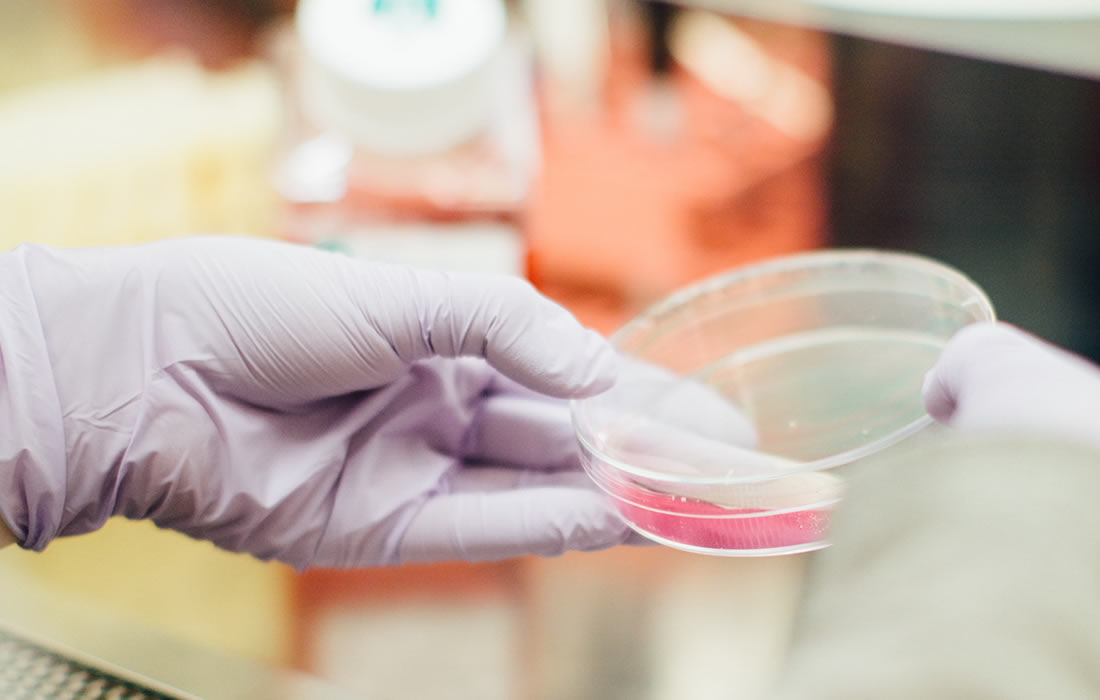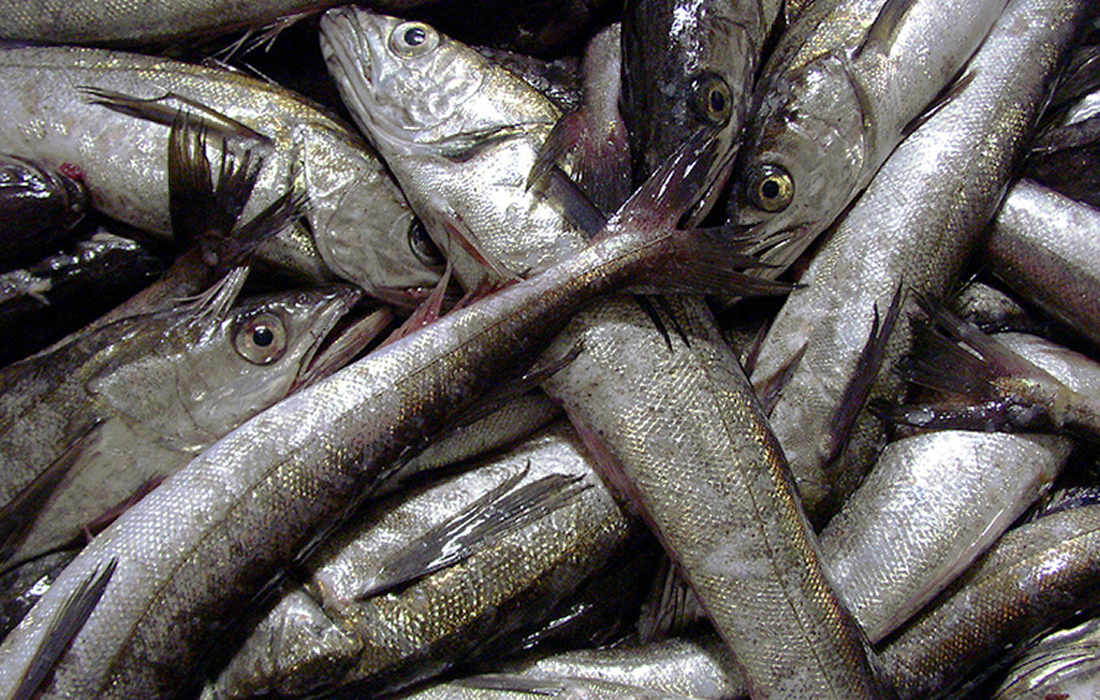The rising prevalence of childhood obesity in US children has led to a parallel rise in the prevalence of prediabetes and overt type 2 diabetes. Prediabetes is well characterized in adults but less so in children and adolescents: the factors that determine the progression of prediabetes to T2D or its reversion to normoglycemia are poorly […]
Author Archives: Gabriel Piña, MD
The COVID-19 pandemic has disproportionately affected pregnant people, who are at higher risk of severe disease compared with similarly aged non-pregnant individuals. Pregnancy leads to an increased risk of hospital admission with COVID-19, because of the severe complications that they presented. COVID-19 vaccines have been available since December, 2020. Multiple expert groups published positive recommendations […]
Homocysteine (Hcy) is an important amino acid in your blood that helps create proteins. Hyperhomocysteinemia (HHcy) is a metabolic disorder mainly due to improper removal or accumulation of homocysteine most commonly arising from low dietary intake of Folate (Fol) or Vitamin B12 (B12), those last two vitamin can break down the levels of homocysteine and […]
Intermittent fasting has been one of the most popular health trends of the past decade. It is an eating pattern during which you refrain from consuming any calories for an extended period of time. Usually, this period lasts between 12 and 40 hours. This type of diet boosts some host defense mechanisms while modulating the […]
There has been a growing body of evidence associating consumption of ultra-processed foods (UPF) with adverse health outcomes including depression, cardiovascular disease, and all-cause mortality. UPFs are high in sugar, fat, and salt and low in protein and fiber. Some examples are soft drinks, salty and sugary snacks, ice cream, sausage, deep-fried chicken, yogurt, canned […]
Atopic eczema is an inflammatory skin disease that can substantially impact affected individuals. It is more common in children, often developing before their first birthday. It’s usually a long-term (chronic) condition, although it can improve significantly, or even clear completely, in some children as they get older. There is increasing evidence that atopic eczema partly […]
In the last years fitness lifestyle has increased around the world thanks to the diffusion of the media, and obviously for the benefit that it carries. Reaching a healthy weight, glucose control, cardiovascular benefits and emotional regulation are some of the benefits of fitness. Cardiorespiratory fitness (CRF) emerged as a stronger predictor of all-cause mortality […]
Social isolation is defined as having infrequent in-person contact with people and loneliness is when a person feels he or she is alone or has less connection with others than desired. More than 4 decades of research have “clearly demonstrated that social isolation and loneliness are both associated with adverse health outcomes. Given the prevalence […]
Induced pluripotent stem cells and their differentiated cardiomyocytes (iCMs) have tremendous potential as patient‐specific therapy for ischemic cardiomyopathy following myocardial infarctions by differentiate into contractile cardiomyocytes (iCMs) and transplanted into the myocardium. Despite initial enthusiasm, the lack of sustained cell engraftment has restricted clinical translation. Exosomes secreted from iCMs (iCM‐Ex) can be robustly collected in […]
Pacific whiting is caught in large volumes in the United States but consumers have little familiarity with the mild, white meat fish also known as hake. The gelatin in the skin of Pacific whiting, an abundant fish on the Pacific Coast of North America, may help prevent skin wrinkling caused by ultraviolet radiation, a new […]










